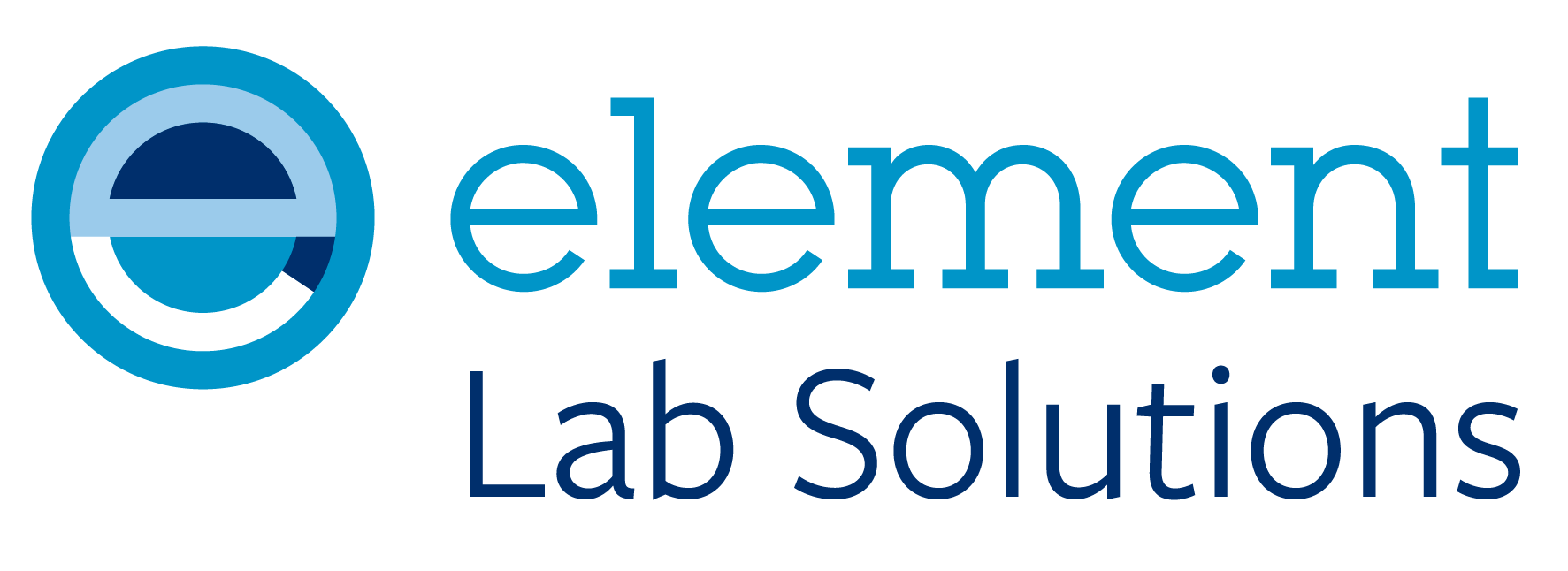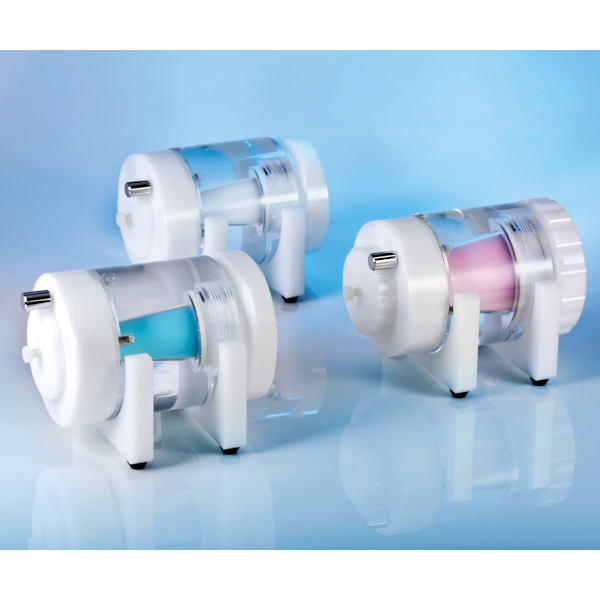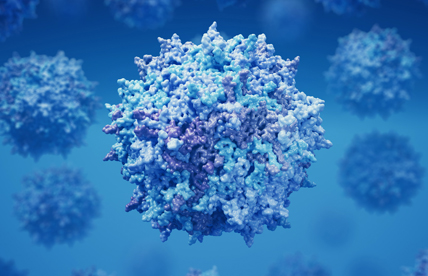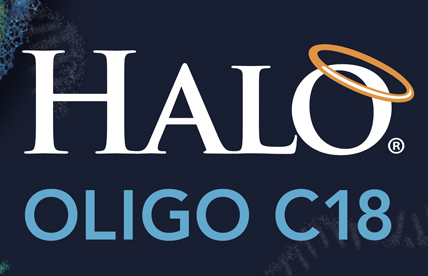SMART Chromatography, developed by emp BIOTECH, represents a major innovation in the purification of biomolecules. Traditional downstream processing typically requires clarification steps to remove cells and debris before product capture. These steps are not only time-consuming and costly but also result in significant yield loss.
SMART Chromatography addresses this bottleneck by enabling direct processing of cell-containing feed streams. Through the combination of radial flow chromatography and ZetaCell resin technology, this platform eliminates clarification entirely while improving speed, yield, and scalability.
Rethinking Purification: What Sets SMART Chromatography Apart?
SMART chromatography – short for Simplified Method – Applied Radial Technology – redefines downstream purification by combining clarification and capture into a single step.
Conventional axial chromatography requires prior clarification of the feed stream through filtration or centrifugation. These steps are time-consuming, resource-intensive, and introduce variability due to differences in particulate load between runs. Valuable product is often lost in filter cakes or pellets – reducing overall recovery before the chromatography step even begins.
SMART Chromatography eliminates the need for clarification by using a radial flow column packed with ZetaCell resin. Feed streams – containing whole cells, debris, and other particulates – are applied directly. Particulates pass through the resin bed while target molecules are selectively captured.


Figure 1: Downstream purification process – traditional vs. SMART Chromatography platforms. SMART combines feed stream clarification and primary capture into a single unit operation.
Core Technology: How SMART Chromatography Works
SMART Chromatography integrates two key innovations: radial flow column design and ZetaCell resin. Together, they allow direct processing of complex, particulate-containing feed streams.
Radial Flow Chromatography (RFC)
In radial flow columns, the mobile phase travels horizontally from the outer edge towards the centre of the column, unlike traditional axial systems where flow moves vertically from top to bottom.


Figure 2: In radial flow chromatography, the mobile phase enters from the top, distributes along the outer frit, and flows horizontally through the resin bed.
This horizontal design provides several key performance advantages. By distributing flow over a larger surface area, it minimises pressure drop and significantly reduces the risk of clogging – particularly when processing particulate-rich feed streams. The radial geometry maintains a consistent bed height across all column sizes, enabling true linear scalability from laboratory development through to full-scale manufacturing without the need to adjust flow conditions.


Figure 3: Linear scale-up from development to full production, enabled by consistent bed length.
Resin Platform: ZetaCell Technology
ZetaCell resins are engineered from large, highly cross-linked agarose beads, designed with interstitial channels and functionalised surfaces to support a wide array of capture chemistries. Their structure allows them to efficiently interact with target molecules while accommodating particulate-rich feed streams.
This makes them particularly well-suited for non-clarified feeds. The beads’ mechanical strength ensures stability under high flow conditions, while their surface ligands enable high-specificity binding. The result is a robust platform capable of supporting both lab-scale studies and full-scale industrial production.


Figure 4: Flow path of particulate-containing feed stream through a ZetaCell-packed column.
ZetaCell resins are offered in a broad range of chemistries to support diverse purification applications, including antibody affinity, immobilised metal affinity chromatography (IMAC) for tagged proteins, ion exchange, and hydrophobic interaction. For custom workflows, aldehyde-activated resins allow users to couple their own ligands. For increased binding capacity, “Boost” variants with dextran extenders are also available.


Table 1: Summary of ZetaCell resin functionalities and ligand types
Application Versatility: Validated Across Diverse Feedstocks
SMART Chromatography is highly versatile and supports a wide range of downstream processing applications, from well-established protocols to emerging biomanufacturing workflows. The platform has been successfully validated with various biological feedstocks, including mammalian cell cultures such as CHO, HEK, and hybridoma cells, at densities up to 6 × 10⁷ cells/mL. It also performs reliably with microbial systems like E. coli, Pichia pastoris, and Saccharomyces cerevisiae, with up to 10–30% wet solids.
Beyond these, SMART Chromatography has been applied to the processing of filamentous fungi, plant-based materials such as rice flour and leaf homogenates, milk whey, and viral vectors including AAV and lentivirus. While there are practical limits to the particulate load that can be applied, the technology consistently delivers robust and reproducible performance across a broad range of complex, high-density feed streams.
Conclusion: A Smarter, Scalable Future for Purification
SMART Chromatography represents a major shift in downstream bioprocessing. By unifying clarification and primary capture into a single step, it removes traditional bottlenecks and unlocks new levels of speed, efficiency, and yield.
Its compatibility with a wide range of biomolecules and feed types, coupled with linear scalability and a simplified system footprint, makes it ideally suited for modern biomanufacturing. Whether optimising an existing workflow or developing a new process from the ground up, SMART Chromatography offers a technically validated, forward-thinking solution.
Resources
SMART Chromatography Flyer





